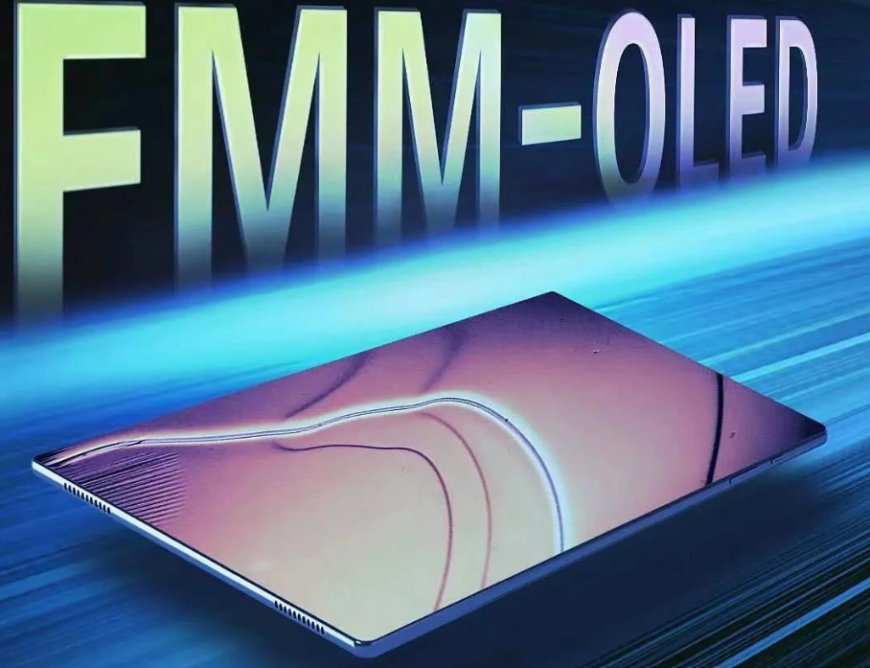Innovations in Display Technology: TCL's Revolutionary Monitors
TCL has recently made headlines at a display technology conference in China, revealing its plans to launch a series of advanced monitors in 2024. These monitors incorporate groundbreaking technologies, with the standout feature being the use of inkjet printed OLED technology. This technology presents a formidable alternative to the current OLED panels predominantly supplied by LG and Samsung, which have been the mainstay in gaming monitors until now.

TCL's Inkjet OLED Technology: A Game Changer
Central to TCL's announcement are two distinct monitors that showcase the potential of its inkjet OLED technology. First is a 31-inch monitor with a unique convex 4K display, capable of 120Hz refresh rates. Although its convex design might seem unconventional, it offers glasses-free spatial 3D visuals. More significant, however, is its departure from the reliance on Samsung or LG panel technologies, marking a significant step in display innovation.
The second monitor is a more traditional 65-inch model, featuring a curved design, an impressive 8K resolution, and a 120Hz refresh rate. The 8K resolution on such a large screen offers pixel density comparable to a standard 32-inch 4K monitor, making it an attractive option for PC users.
Also check Logitech Yeti Orb Review: A Simple and Effective USB Microphone
The Challenge of High Pixel Density
One of the implications of such high-resolution displays is the substantial bandwidth required. This means that users will need powerful new GPUs capable of supporting these demands. As of now, only AMD's Radeon RX 7000 series can handle 8K at 120Hz via the DisplayPort 2.0 interface. Even Nvidia’s top-tier RTX 4090 falls short in this regard. However, with TCL's displays set to launch in 2024, there's anticipation that upcoming Nvidia GPUs will be equipped to handle these requirements.
The Significance of Inkjet Printed OLED Panel Technology
Beyond the impressive specifications of the individual monitors, the highlight of TCL's announcement is their investment in inkjet printed OLED panel technology. With a massive $6.8 billion invested in a new factory, originally scheduled for production in 2023 but now delayed to the following year, TCL is positioning itself as a key player in the display market. This technology not only provides an alternative to the LG and Samsung OLED panels but also promises to be significantly cheaper, thanks to the inkjet process being more cost-effective than the traditional Fine Metal Mask (FMM) technique. Additionally, this new technology could potentially offer higher pixel densities, a crucial factor for PC monitors compared to HDTVs.
Brightness and Cost: Key Factors to Watch
While TCL's technology is promising, there are still questions regarding how these new panels will perform in terms of full-screen brightness compared to existing OLED technologies. Additionally, the cost-effectiveness of this new technology is a pivotal aspect, potentially making high-end OLED monitors more accessible to a broader range of consumers.
A Non-OLED Contender: TCL's 57-Inch Dual-4K Monitor
In addition to its OLED lineup, TCL is also introducing a 57-inch dual-4K monitor, reminiscent of the Samsung Odyssey Neo G9 G95NC but surpassing it with an impressive 11,000 dimming zones in its mini-LED backlight. This far exceeds the 2,392 zones offered by the Samsung model, indicating TCL's commitment to innovation across various display technologies.
Anticipated Release and Pricing
While specific pricing and launch dates for these monitors remain undisclosed, the anticipation is high for their rollout in 2024. The entry of these TCL monitors into the market could signify a major shift in display technology, offering consumers new options in terms of performance, quality, and cost.


































